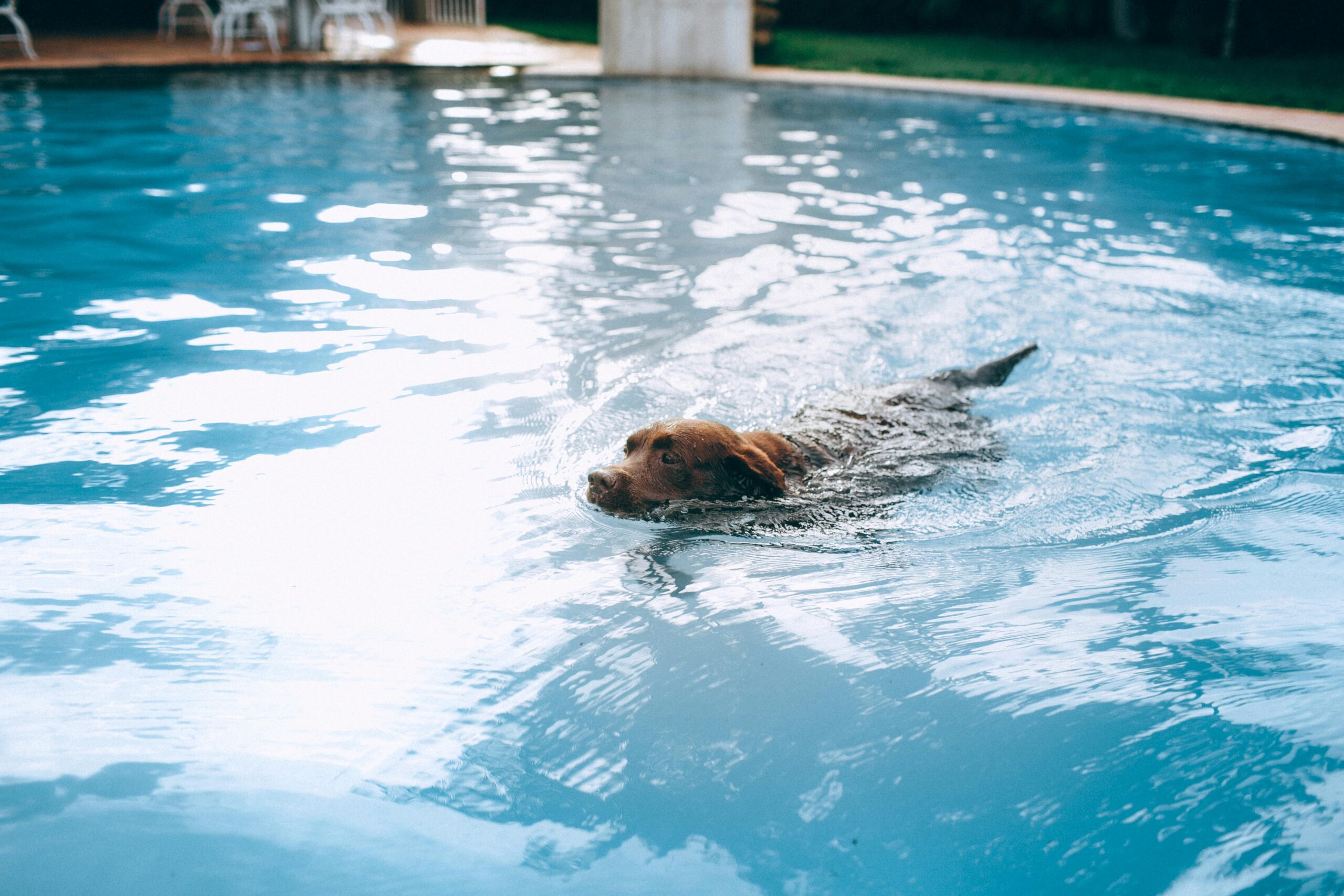Many dog owners enjoy spending time outdoors with their furry companions, whether it’s going for walks, playing fetch, or simply enjoying the sunshine.
However, one activity that some dog owners may overlook is teaching their canine friends how to swim.
Swimming can be a great way for dogs to cool off, get exercise, and have fun. In this comprehensive guide, we will explore the importance of teaching your dog to swim and provide you with tips and techniques to help your dog become a confident swimmer.
Assessing Your Dog’s Swimming Ability
Not all dogs are natural swimmers, and some may struggle in the water. It’s essential to assess your dog’s swimming ability before introducing them to swimming.
While some breeds are known for their swimming prowess, others may require more support and training. Understanding why some dogs struggle to swim and assessing your own dog’s comfort level in the water are crucial steps before embarking on swimming lessons.
Preparing Your Dog for Swimming
Before diving into the water, it’s important to prepare your dog for swimming on land. Upfront training and conditioning can help build your dog’s strength and confidence. Introducing your dog to water gradually and using positive reinforcement techniques can help them feel comfortable and secure in the water. From teaching them to enter the water to getting them used to the sensation of moving in the water, there are various techniques to make the transition to swimming smoother for your furry friend.
Teaching Your Dog to Swim
Building your dog’s confidence in shallow water is the first step towards teaching them to swim.
Encouraging them to paddle and move through the water gently and patiently can help them develop their swimming skills. As your dog progresses, advanced techniques such as retrieving toys in the water or swimming longer distances can further enhance their swimming abilities. With consistent practice and positive reinforcement, your dog can become a proficient swimmer in no time.
Safety Precautions for Swimming with Your Dog
While swimming can be a fun activity for dogs, safety should always come first. Keeping your dog safe in the water involves understanding their limitations, supervising them at all times, and ensuring they have appropriate flotation devices if needed. Knowing when your dog requires a break and being aware of potential hazards in the water are essential for a safe swimming experience. By taking the necessary precautions, you can make swimming a safe and enjoyable activity for your dog.
Key Takeaways:
- Teaching your dog to swim is important, as it provides them with exercise, a chance to cool off, and an opportunity for fun outdoor activities.
- Not all dogs are natural swimmers, so it’s crucial to assess your dog’s swimming ability and comfort level in the water before introducing them to swimming.
- Preparing your dog for swimming on land through upfront training, gradual introduction to water, and positive reinforcement techniques can help them feel comfortable and secure in the water.
- Building your dog’s confidence in shallow water is the first step towards teaching them to swim. Patience, encouragement, and positive reinforcement are key in helping your dog develop their swimming skills.
- Advanced techniques such as retrieving toys in the water or swimming longer distances can further enhance your dog’s swimming abilities with consistent practice.
- Always prioritize safety when swimming with your dog. Understand their limitations, supervise them at all times, and provide appropriate flotation devices if necessary.
- Be aware of potential hazards in the water and know when your dog needs a break to ensure a safe and enjoyable swimming experience.
- Regular training sessions and continuous practice will help your dog become a proficient swimmer over time.
FAQ (Frequently Asked Questions) For Dog Swimming Tips
1. Can all dogs swim?
Not all dogs can swim; it depends on their breed and comfort level in the water.
2. How can I determine if my dog is comfortable in the water?
Observe their body language and reactions to water; curiosity or hesitation can indicate their comfort level.
3. How do I introduce my dog to swimming?
Start with shallow water, use positive reinforcement, and gradually increase the depth as they become more comfortable.
4. Can I use a flotation device for my dog?
Yes, a flotation device is recommended for weaker or less confident swimmers.
5. How long does it take for a dog to learn how to swim?
The duration varies, but patience and going at your dog’s pace are key.
6. Are there any hazards or risks when swimming with dogs?
Yes, hazards can include strong currents, pollutants, and underwater obstacles; always supervise your dog.
7. Can older dogs learn to swim?
Yes, older dogs can learn to swim by starting in shallow water and taking it at their own pace.
8. Can I teach my dog to swim in a pool?
Yes, but ensure there is a safe entry and exit point, consider pool chemicals, use a life jacket, and supervise your dog.
Conclusion
In conclusion, teaching your dog to swim can be a rewarding experience for both you and your furry companion. By assessing your dog’s swimming ability, preparing them for swimming, and using positive reinforcement techniques, you can help your dog become a confident swimmer.
Remember to prioritize safety, understand your dog’s limitations, and keep a close eye on them while swimming. With patience, practice, and consistent training, your dog can enjoy the benefits of swimming while staying safe and secure in the water.
We hope this guide has provided you with valuable insights and tips for teaching your dog to swim safely. Have fun making a splash with your canine friend!






Pingback: How to Potty Train Your Dog or Puppy- 7 Quick Tips - Woofy Tips
Pingback: Brain Training for Dogs- The Ultimate Guide